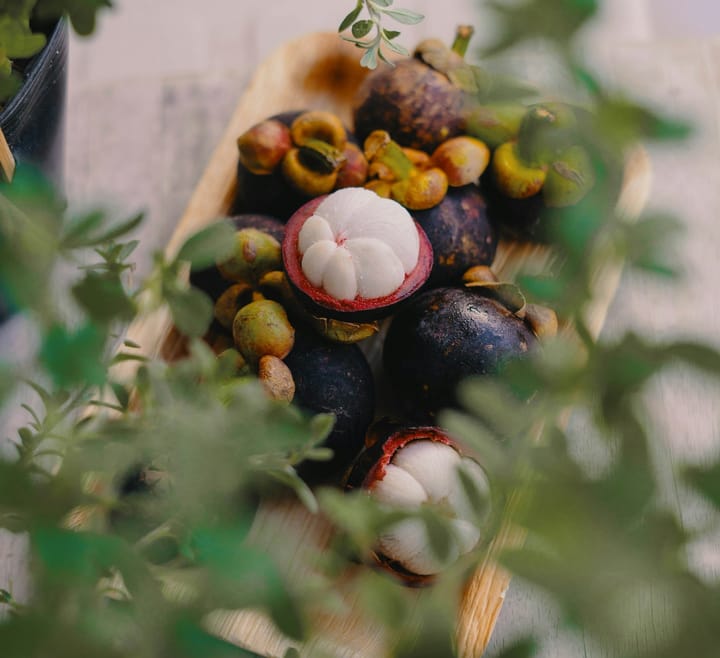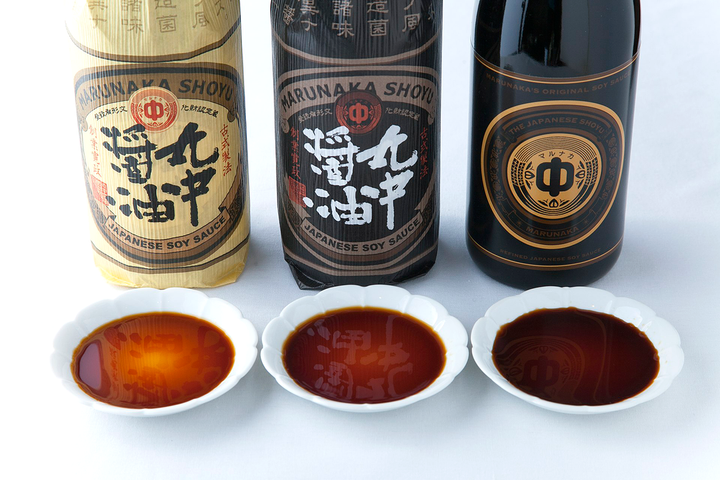Dry Matter Content in Durians: Comprehensive Analysis
Dry matter content—solids after moisture removal—serves as the international standard for durian export grading. Premium classification requires exceeding 32%, with Malaysia's Musang King achieving 32.7%, guaranteeing superior taste and longer shelf life in global markets.

Durians, are a tropical treasure known for their spiky exterior and divisive smell.
Yet, beneath this polarizing facade lies a scientific metric that determines their regal status: dry matter content.
This measure, the weight of solids left after removing water, is crucial for assessing maturity, flavor, and nutritional value.
For Malaysia, a global durian powerhouse, premium durian varieties like Musang King, Black Thorn, and D24 elevate this metric to new heights, driving export markets and commanding premium prices.
This analysis delves into what dry matter content means for durians, how it's measured, and why higher levels are generally preferred, with a spotlight on Malaysia's premium durians and their industry impact.
Defining Dry Matter Content
Dry matter content is the fraction of a fruit's weight that remains after all moisture is evaporated, comprising solids like carbohydrates, fibers, and nutrients.
For durians, it's a vital indicator of ripeness. Research suggests mature durians typically exhibit dry matter content of at least 32%, a standard set by the National Bureau of Agricultural Commodity and Food Standards.
This threshold ensures the fruit is at peak sweetness and texture, aligning with consumer expectations for a creamy, rich experience.
The science behind it is straightforward: as durians ripen, water content decreases, and dry matter accumulates.
Studies during fruit development, such as those on 'Kradum' durians, show pulp can gain up to 2% dry matter per day in the final 3-4 weeks before maturity, reaching a minimum of 28% for eating quality, close to the official 27% standard announced in 2002.
This variability highlights how dry matter isn't just a number—it's a dynamic marker of quality.
Measurement Techniques
Measuring dry matter content is both an art and a science.
Traditional methods, like oven drying, involve heating a sample to remove water and calculating the remaining weight, a process detailed in studies like Onsawai and Sirisomboon (2015).
While effective, it's destructive and time-consuming, unsuitable for large-scale use.
Modern approaches, however, are transforming the industry. Near-infrared (NIR) spectroscopy, for instance, uses light to predict dry matter non-destructively, with models achieving high accuracy (r² = 0.85, SEP = 4.50% using genetic algorithm methods, as per Sharma et al., 2023).
Electrical impedance spectroscopy, measuring capacitance and resistance, also shows promise, classifying durians into mature and immature categories with 83.3% accuracy.
These tools allow farmers to assess ripeness in minutes, ensuring fruits meet export standards, especially for high-value markets like China.
Dry Matter and Durian Quality
The link between dry matter content and durian grading is undeniable.
Higher dry matter correlates with increased sweetness, creaminess, and nutritional density.
For instance, durians with ≥32% dry matter are often richer in carbohydrates (62.9-70.7g/100g dry matter) and dietary fiber (7.5-9.1g/100g dry matter), enhancing both taste and health benefits.
This is why consumers gravitate toward varieties like Mon Thong, known for their high dry matter and antioxidant content, boosting export volumes to over 2.3 billion US dollars in 2021.
However, cultivar differences add complexity. 'Kradum' durians, for example, require only 28% dry matter for minimum eating quality, reflecting environmental and genetic factors.
This variability means farmers must tailor harvesting practices, with dry matter meters becoming essential tools to balance quality and yield.
Malaysia's Premium Durians and Dry Matter Content
Malaysia, a durian powerhouse, is renowned for its premium varieties, with Musang King leading the pack.
Known as "Mao Shan Wang" in Chinese markets, Musang King originates from regions like Pahang and Kelantan, where ideal soil and climate conditions foster high dry matter content.
A study on postharvest quality indices found Musang King durians have a dry matter content of 32.7%, well above the 32% maturity threshold, contributing to its creamy, bittersweet flavor and thick texture.
Other premium clones, like Black Thorn and D24, also thrive in Malaysia, with cultivation spanning Johor and Penang.
While exact dry matter figures for these varieties are less documented, their reputation for rich flavor suggests high dry matter, aligning with consumer preferences for sweetness and creaminess.
Malaysia's durian export industry, particularly to China, relies on these premium varieties, with companies exporting over 17,685 metric tons annually, ensuring fruits meet stringent quality standards.
Dry matter content is a key metric in these standards, ensuring fruits remain fresh and flavorful during cryogenic freezing and long-distance shipping.
Cultivation practices in Malaysia, such as organic fertilizers and Good Agricultural Practices (GAP) certification, enhance dry matter accumulation, especially during the dry season followed by rain, optimal for flowering and fruit development.
This seasonal cycle, combined with advanced measurement tools like NIR spectroscopy, ensures premium durians meet export demands, with Musang King's high dry matter making it a global favorite, driving sales in restaurants and food processors worldwide.
Higher vs. Lower Dry Matter: Which is Better?
The evidence leans toward higher dry matter being better, as it signals maturity and enhances consumer appeal.
Durians with higher dry matter, like Musang King, command premium prices due to their creamy texture and intense flavor, driven by concentrated solids.
Lower dry matter, seen in immature fruits (e.g., 22.6% at 117 days after anthesis), often results in a watery, less sweet taste, disappointing buyers.
Yet, there's nuance. For some cultivars, like 'Kradum,' 28% may suffice for eating quality, suggesting lower thresholds can still meet consumer needs in specific markets.
This controversy highlights the need for standardized testing, with ongoing research exploring how environmental factors, like monsoon patterns, influence dry matter accumulation.
Interesting Insights and Industry Impact
Dry matter content isn't just a scientific metric—it shapes the durian industry.
Farmers use handheld probes to measure capacitance, determining maturity in minutes, a practice detailed in studies on durian maturity meters.
This technology ensures fruits meet export criteria, protecting consumer trust and boosting economic value, especially for Malaysia's premium varieties.
Consumer perception, while not directly studied in the data, can be inferred from export trends.
Frozen durian pulp, popular for its controlled ripeness, often correlates with high dry matter, appealing to buyers seeking consistent quality.
Future research, such as genome studies, aims to develop drought-resistant varieties with optimized dry matter, potentially revolutionizing cultivation.
Conclusion
Dry matter content in durians is more than a technical detail—it's the bridge between science and sensory delight, especially for Malaysia's premium varieties like Musang King, with 32.7% dry matter driving its global appeal.
With standards like ≥32% for maturity and advanced measurement tools, it ensures consumers enjoy the creamy, sweet experience they expect.
Whether you're a farmer gauging harvest time or a buyer savoring a slice, understanding dry matter content reveals the hidden science behind durian's throne, promising a richer, tastier future for this tropical king, particularly from Malaysia's premium orchards.


